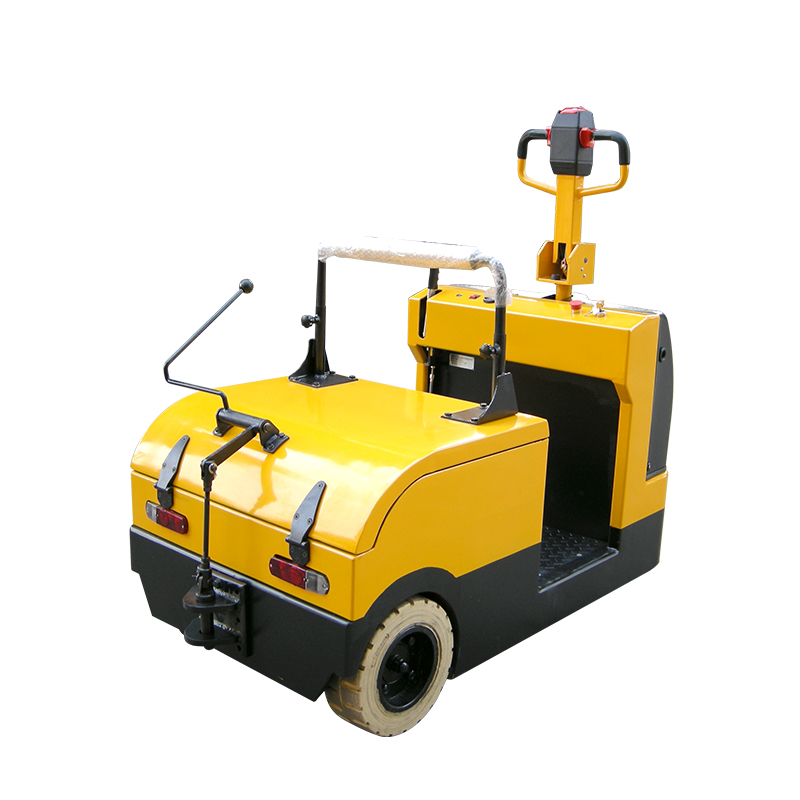HOW TO INCREASE FORKLIFT TRUCK BATTERY LIFE
Battery maintenance is an exceptionally important, yet often forgotten, issue when it comes to properly maintaining a forklift truck. It is a simple yet significant factor that will effectively contribute towards your forklift truck’s safety and overall lifespan. The vast majority of all the UK’s forklift trucks are powered electronically using a specially designed and expensive battery.
Effective and thorough maintenance can extend the lifetime of these batteries, allowing you to extend the life of your forklift too. Follow this guide to find out how this can be done!
GET YOURSELF PREPARED!
Before starting any tasks make sure that you have a thorough understanding of the battery manufacturer’s instructions. Bear in mind that each charge will take a ‘cycle’ out of the battery; on average a forklift truck battery will begin with 1500 cycles. When all the cycles have been used up this usually will create a requirement for a new battery.
Before starting it will be extremely useful to identify a dedicated charging area that is well lit and well ventilated. You should not smoke, use a mobile phone or carry any hot objects into this area at any time. Lastly, make sure that the charging equipment you have is suitable for the battery you wish to charge.
EFFECTIVE CHARGING/RECHARGING
Frequent neglect and ill-treatment of your batteries will only result in increased expenditure and technical faults. To ensure your charging efforts are as beneficial as possible, follow these simple do’s and don’ts:
· DO select weekend/ equalise charge option every 5-10 charge cycles. This helps to keep the cell voltages even;
· DO charge the battery after an eight hour stint or if it has less than 30% power;
· DO charge your battery in a well aerated area at all times;
· DO NOT let the battery run too low – anything below 20% can reduce lifespan;
· DO NOT let a flat battery sit stagnant for long periods of time for the same reason;
· DO NOT charge for the sake of it – have a charging schedule and stick to it;
· DO NOT ever interrupt a charge mid-way through.
CHECK YOUR FLUID LEVELS!
When maintaining the fluid levels in your battery, there are a number of elements you should consider carefully. Firstly, make sure that you check the H2O levels and have them topped up regularly (every 10th charge) at for the initial couple of years. If the battery is a second-hand battery then this should be reduced to every five charges.
If the fluid levels do need to be topped up, only use enough to cover the plastic element protector by approximately a half of a cm. If your battery has a Single Point Watering kit fitted, this must also be refilled after charging is complete, never before.
This applies to clean water too – never top this up before the beginning of a charge. Overtime, it will help if you checked 2-3 pilot cells every five or so charge-cycles so that you know whether or not the level is above the plastic element protector following the charging operation. Always avoid over filling the battery as this can cause acid loss and overheating.
SAFETY FIRST – CHECKLIST
When working with or near batteries, there are a number of safety elements you must be aware of and adhere to. See the checklist below to see if you are charging safely:
· Always wear gloves and suitable eye protection;
· Always wear a plastic apron and suitable boots when handling battery chemicals;
· Empty your pockets of any metal objects;
· Keep batteries away from course of ignition;
· Fit temporary plastic covers over the battery terminals whilst working on it;
· Never lift a heavy battery alone, get help if it is too heavy;
· Use insulated lifting equipment;
· Wash your hands thoroughly after working with batteries.
SAFETY FIRST – AVOIDANCE
On the other hand, when working with or near batteries there are also a number of things you should avoid, such as:
· Working with them at all if you are untrained;
· Smoking;
· Running around carelessly;
· Overcharge the battery.







